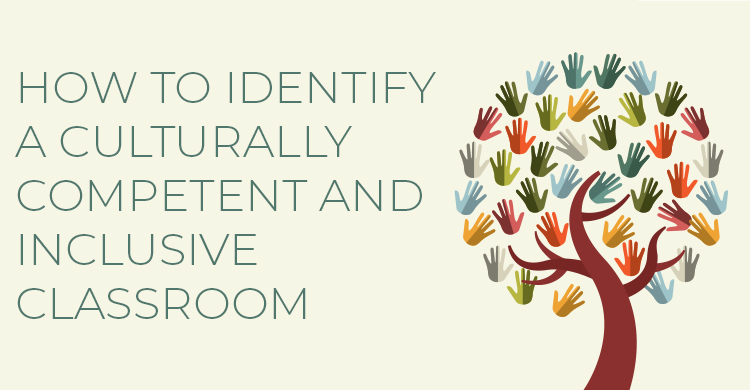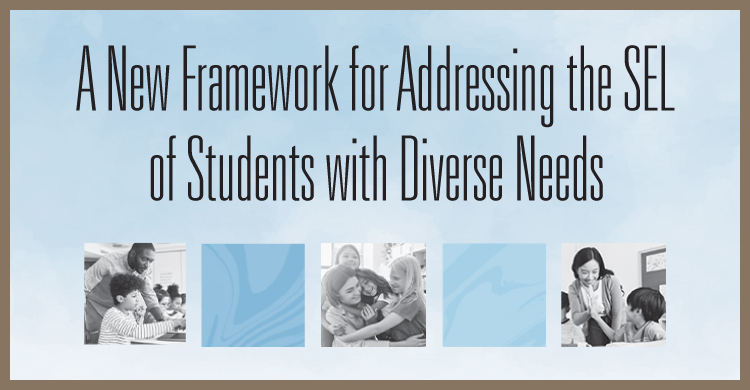The ELs R in the House
English learners (ELs) come to your school with a variety of ability, English proficiency, content competency, cultural and educational background, and instructional and socio-emotional needs. ELs need quality instruction on how to comprehend, speak, read, and write in English. Some newcomer ELs are already literate in a language or several languages. Many are equally educated in the core contents of math, science, social studies and language arts (of their primary language). All they need is accelerated English instruction to help express themselves academically in English. (See also ‘Developing Vocabulary for Latino Students‘)
Unfortunately, in many school districts, a different group of ELs need help. 60–85 percent of ELs are long-term ELs (LT-ELs). Born in the United States, many have been in U.S. schools since kindergarten, may even be second- or third-generation citizens, but are still Limited English Proficient (LEPs). Their everyday oral English is native-like but they lack academic language. When they read aloud, they sound “pretty good,” however, they cannot explain what they read or answer higher order questions from what they read. They have missed out on the development of academic language and reading comprehension skills beyond decoding. As a result, their writing skills have not fully developed. These students’ English language ability is at risk of fossilizing at this stage unless explicit instruction is provided to ensure growth for college and career readiness.
Similar to LT-ELs, the students with interrupted formal education (SIFE) come to the U.S. with a gap of 2 or more years of formal education. Some who have missed school, but for a smaller amount than 2 years, are known as Students with Limited Interrupted Formal Education (SLIFE). SIFE/SLIFE students will need additional explicit content instruction to help them recover the time missed in formal education as well as explicit English language instruction. Some SIFE students may have never attended school in a formal setting.
Your school might also experience English learners with special educational needs (SE-ELs). These dually identified ELs will have or need to have Individual Education Plans (IEPs) or 504 plans. The IEP intervention team must include an ESL Specialist. Special Education services and EL/LEP services are equally binding and one does not supersede the other. Due diligence is required to correctly screen these students and properly identify students based upon learning disability, not language deficiency. Something to look out for is the tendency to over-represent ELs in special education classes when they are in actuality SIFE/SLIFE/Newcomers. On the other hand, some ELs need special education services and these are being delayed or not provided. The differentiation takes place in the ESL/ELD classrooms. Some ELs will need decoding, others mainly reading comprehension, while others need academic language in the subject areas. Whereas diversity of instruction takes place in ESL/ELD classrooms, the content area classroom teachers need to be systematic in teaching academic language, reading comprehension, and writing that is integral to their subject areas.
Be Ready to Instruct & Serve
ELs are part of the school’s student body. Equity means that they must have equal opportunities to succeed academically and participate in all educational activities—including extracurricular or advanced placement. This may mean extra services are required to meet this equitable opportunity. ELs can participate meaningfully and equally in educational programs when there are specific structures and processes in place.
There are 10 federal requirements identified by the U.S. Department of Justice and the U.S. Department of Education’s Office of Civil Rights, described in the 2015 “Dear Colleague Letter” and the “Tools and Resources”. The ten requirements are:
- Identifying and Assessing Students
- Providing Language Assistance
- Staffing, Providing Staff Development, and Supporting the EL Program
- Providing Meaningful Access to All Curricular and Extracurricular Programs
- Avoiding Unnecessary Segregation
- Evaluating ELs for Special Education and Providing Dual Services
- Meeting the Needs of Students Who Opt Out of EL Programs
- Monitoring and Exiting ELs from EL Program and Services
- Evaluating the Effectiveness of the Program
- Ensuring Meaningful Communication with EL Parents
Whole School Has to Play
Federal law requirements and guidelines are the foundation of EL instruction. When all teachers, administrators, and staff participate in comprehensive professional development programs focused on EL instruction, all other students also show growth.
Yet, changing practices is difficult. Changing mindsets more so. Even integrating new instructional strategies into existing curricula can be overwhelming. As we work with the entire school faculty on teaching academic English, depth of reading comprehension, and academic writing, we find that teachers benefit from coaching visits from the experts, and many more from site-based coaches. This coaching and Professional/Teacher Learning Community (PLC or TLC) collegial activities serves to anchor new instructional strategies and dispositions.
In addition to systematic coaching and specific feedback on language, literacy, and content, everyone needs to work in a PLC or TLC. Admittedly at times, it is only the administration and the ESL/ELD specialist that are thoroughly aware and actively involved in all EL issues. However, PLCs can focus on analyzing student data, monitoring implementation, and looking at the big picture. Take each item from the Dear Colleague letter to discuss and gauge what works and what needs to be improved. Regular review helps to put existing accomplishments out in front where everyone can see them. When the whole school learns the same language of quality implementation, all students succeed.
The TLCs, in turn, zoom in on instructional practices. Teachers bring student artifacts to share. Teachers model a way they tweaked a vocabulary strategy that seemed to work better in math. Teachers schedule classroom visits to observe the “how to” of close reading in language arts in order to apply it in science. Teachers use their creativity to plan such activities to share and get ideas and feedback from their peers.
Regardless of which types ELs you teach, or what subject you teach them, ALL ELs must have explicit instruction in academic language based upon the curriculum they are expected to learn and standards to meet. When ELs are the focus of the whole staff, ELs and their peers succeed. When ALL students succeed, we all succeed.
Interested in reading more? Buy Margarita Espino Calderón and Shawn Slakk’s book Promises Fulfilled: A Leader’s Guide for Supporting English Learners.
[author_bio id=”255″]






